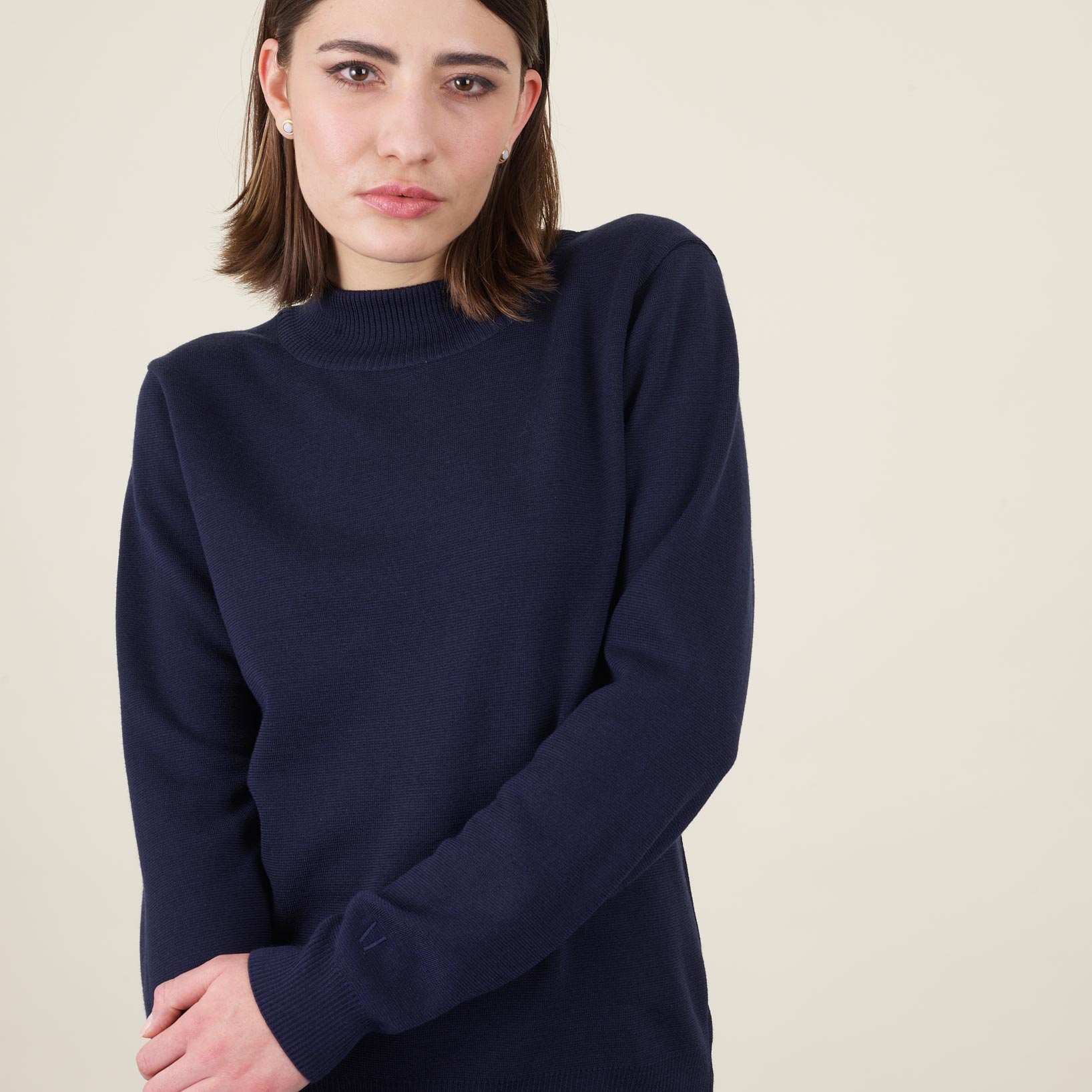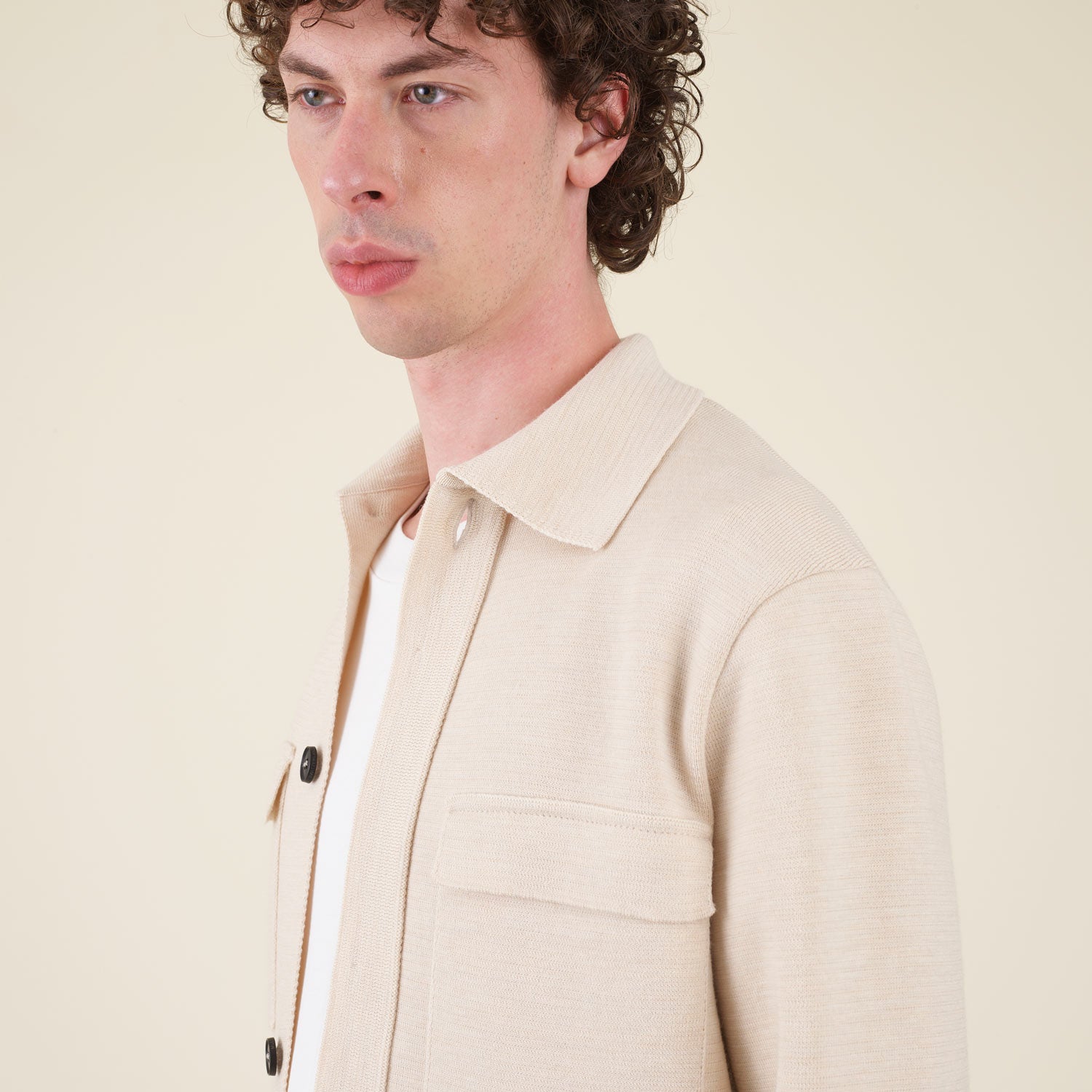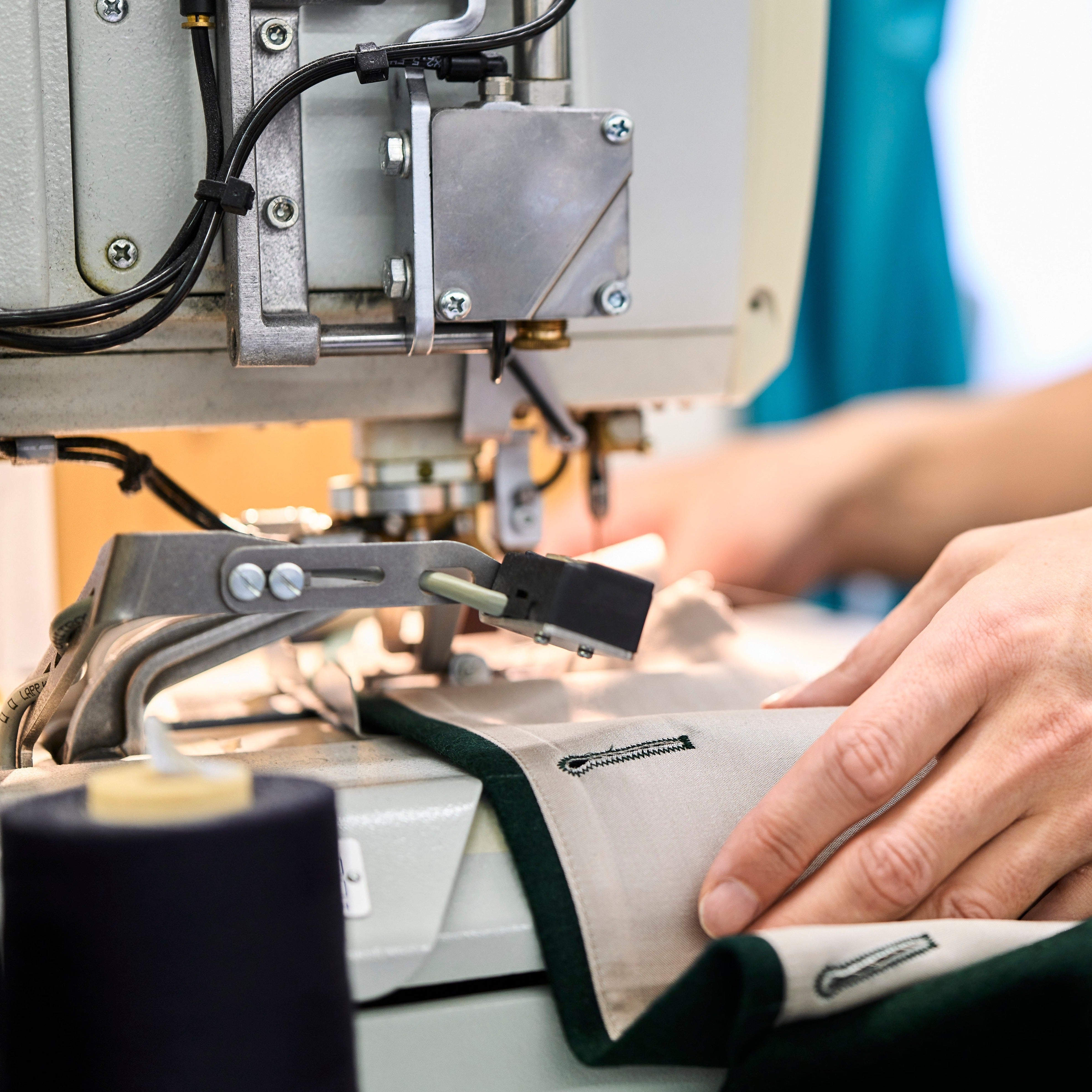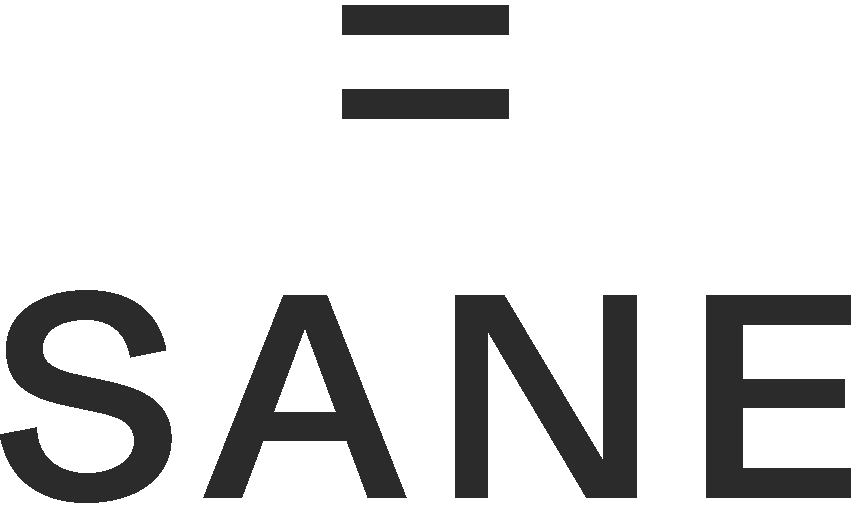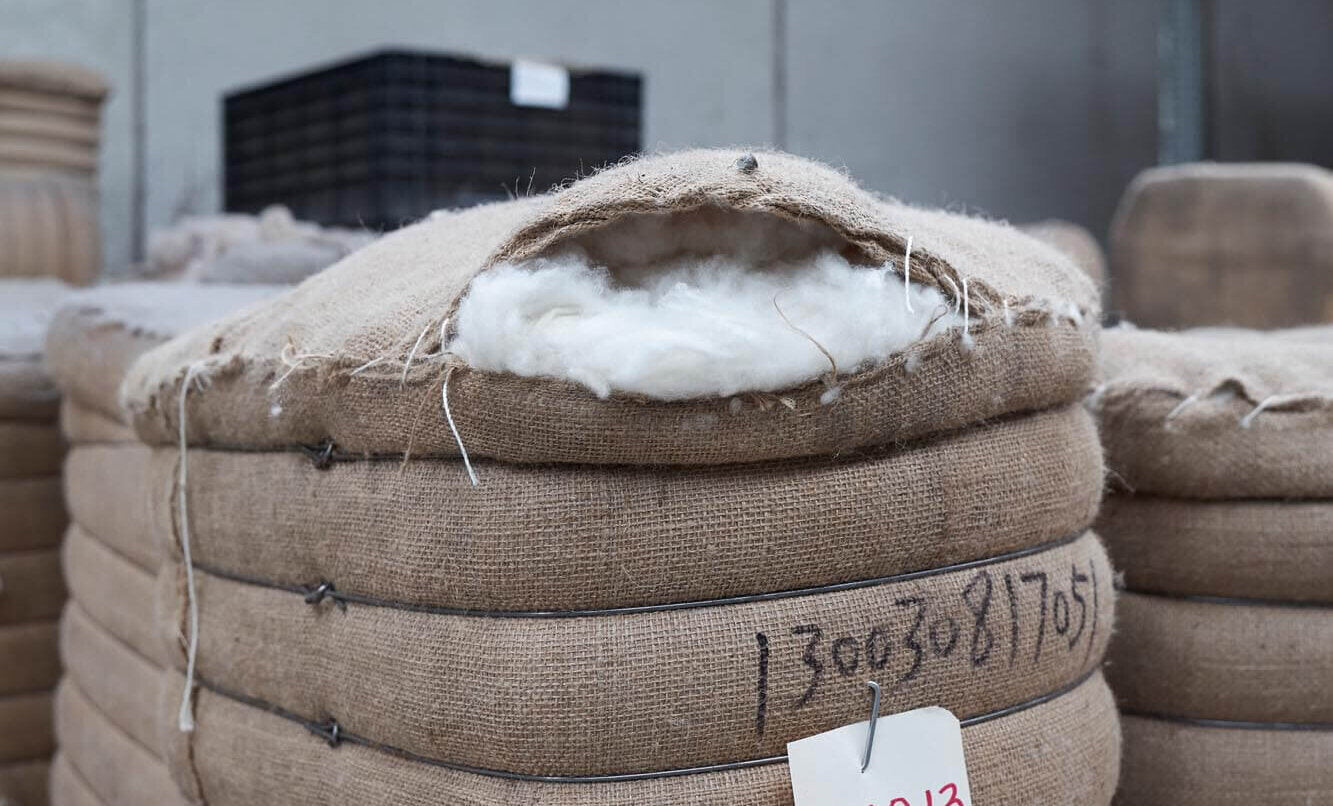
Swiss wool innovation
As a natural raw material, wool is weatherproof, breathable and temperature regulating. Nevertheless, the local all -rounder has hardly been used for textiles in Switzerland in recent decades. Many textile experts therefore looked at us incredulously when we explained to them that we want to use Swiss jackets as the main material.
Sheep wool used to be very important. It was used for high -quality clothing and products such as carpets or sails. The wool was about ten times as valuable as the meat of the sheep. It was even referred to as the white gold and the fabric of the kings. In the past few decades, however, in Switzerland, as in most regions of Europe The woolendang: synthetic fibers, cotton and Merino wool from abroad established themselves in the textile area. All materials that are much cheaper and are more suitable for quick mass production.Unique raw material to burn?
The scissors of the sheep no longer paid off for Swiss farmers. You get just CHF 1 on average per sheep. In the 1950s, the kilo price was still CHF 10. At that time Operation of the federal government a domestic wool centerthat collected the entire Swiss sheep's wool and launched the market. The acceptance of the sheep's wool was therefore guaranteed at a fixed price. When the subsidies for domestic processing of the wool were finally shortened in 2009, the headquarters had to be closed. Thanks to the funding of the federal government and innovative projects, the full woolen passage could be prevented, but supply and demand were at a sparse level. So wool became a waste product The sheep farming, which was simply thrown away or burned to the majority.
Functional and locally available raw material
The textile production chain from the raw wool to the finished yarn or even wool fabric such as loden, walk or tweed has not been available in Switzerland for a long time. But why does it make sense to use the raw material in the textile industry? Sheep wool is a raw material that can naturally cool and warm. In addition to the temperature -regulating property, it derives moisture from the body, is pleasant to wear, dirt -repellent, smell -inhibiting and easy to care for. The natural material also convinces because of the Local availability in Switzerlandwhat is in the sense of sustainability. Switzerland has well over 300,000 sheep. Their wool is considered a renewable, renewable raw material.
The development that such a brilliant natural fiber remains unused and traditional textile craft is forgotten, aroused the entrepreneurial spirit with our founders Dario and Dario.
Alternative solutions are required
Some textile companies have already discovered that Swiss sheep's wool is ideal as an isolation in outdoor clothing. Some also use the natural material in combination with others, usually synthetic materials. However, such mixing does not correspond to the circular economy because the textiles cannot be recycled in this way. We wanted to go one step further and therefore Swiss wool as the main material Use jacket for our Lana and only in combination with bio -based materials. Since we didn't find what we were looking for after a high -quality fabric, it was In -house development the only way.
Wool quality as a challenge
The focus is usually not on wool quality when it comes to keeping sheep in Switzerland. In addition to the finest wool, gross wool hair often increases because sheep breeds are crossed to achieve a better meat product or a genetic diversity. In Germany, sheep are usually shorn twice a year - from tradition or for Sheep shows such as in Savognin. This is a challenge for use in the textile industry: for qualitative substances there is a Constant wool length and an even nature central.We obtain the raw material for the specially developed fabric from our partner woolen. You collect Swiss wool directly from the sheep holders and pay them one fair price. We only use high -quality wool of the same briefs that are shorn once a year.

Demanding processing
In addition, the processing of Swiss wool for textiles due to the Condition demanding is. Because in contrast to the fine merino wool from New Zealand or Australia, the wool of our domestic sheep breeds - is rather rough and scratchy. This also makes sense: the animals that live in the mountains must be robust. You have to "have a thick fur", so to speak.We have found 3 small businesses in northern Italy as partners for yarn production and the subsequent weaving and coloring weaving and coloring. You know how to handle such a complex raw material as Swiss wool. After more than 2 years of development, emerged 1.2 tons of Swiss wool around 1.5 kilometers Woolen fabric. And all in the area less 100 kilometers and according to the strictest sustainability criteria. A true Swiss wool innovation!

If someone is wondering whether our Lana wool jackets are rather rough and scratchy: no! Due to the high -quality processing of the Swiss sheep's wool, the outer fabric is pleasant. And the entire inside of the wool jacket is fed by a silky soft wood -based lining.


